Source:Xinhua 2017-08-07
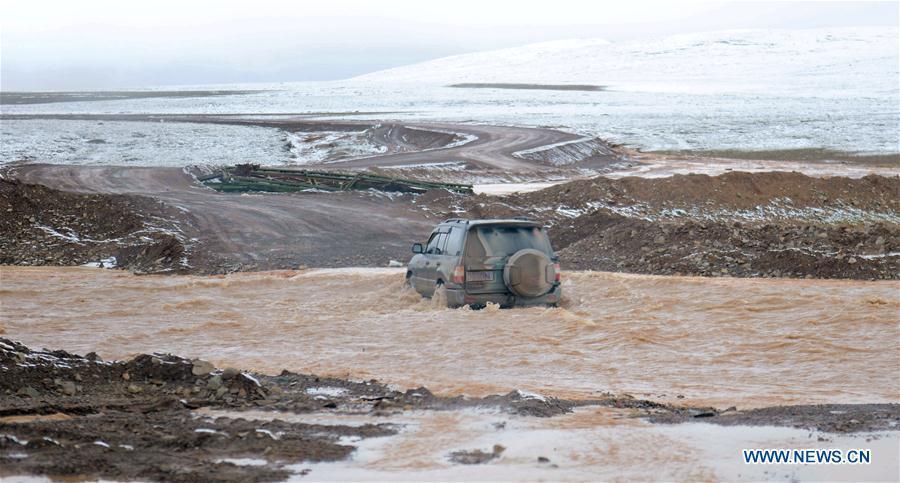
A car is seen driving through a river in the Qiangtang nature reserve, southwest China's Tibet Autonomous Region, June 23, 2017. China began its second scientific expedition to the Qinghai-Tibet Plateau this June to study changes in climate, biodiversity and environment over the past decades. The last expedition of similar scale was conducted in the 1970s. (Xinhua/Jigme Dorje)
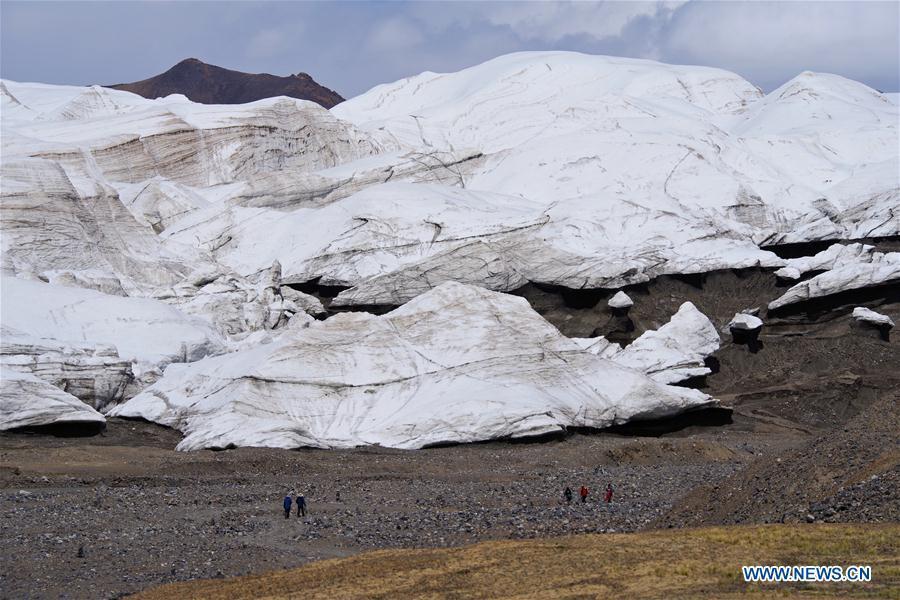
Scientists investigate at the foot of Purog Kangri Glacier in the Qiangtang nature reserve, southwest China's Tibet Autonomous Region, July 9, 2017. China began its second scientific expedition to the Qinghai-Tibet Plateau this June to study changes in climate, biodiversity and environment over the past decades. The last expedition of similar scale was conducted in the 1970s. (Xinhua/Liu Dongjun)
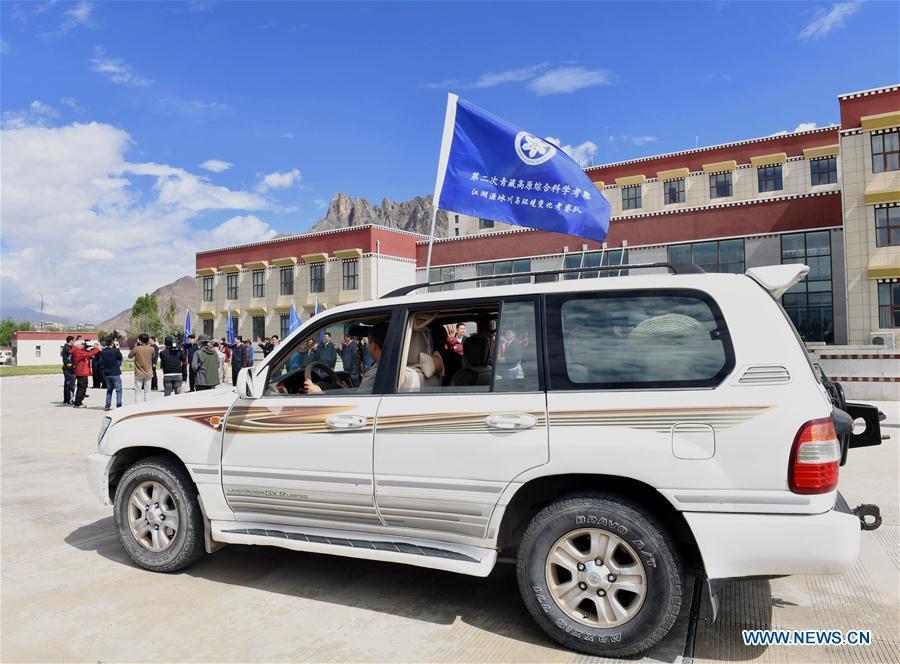
Scientists set out from Lhasa, capital city of southwest China's Tibet Autonomous Region, June 17, 2017. China began its second scientific expedition to the Qinghai-Tibet Plateau this June to study changes in climate, biodiversity and environment over the past decades. The last expedition of similar scale was conducted in the 1970s. (Xinhua/Jigme Dorje)
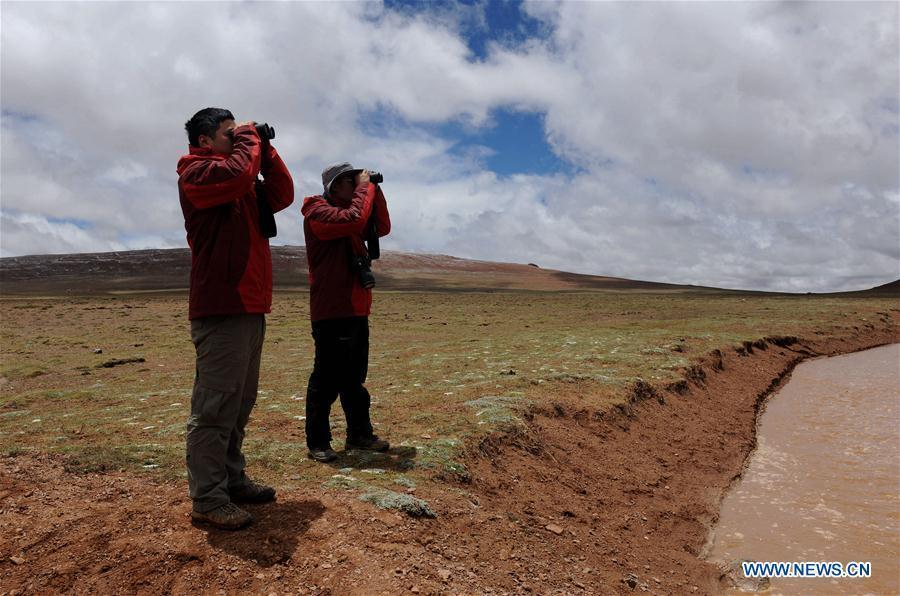
Scientists investigate in Nagqu, southwest China's Tibet Autonomous Region, June 23, 2017. China began its second scientific expedition to the Qinghai-Tibet Plateau this June to study changes in climate, biodiversity and environment over the past decades. The last expedition of similar scale was conducted in the 1970s. (Xinhua/Jigme Dorje)

Photo taken on June 24, 2017 shows water flowing downstream near the base camps of China's second scientific expedition in southwest China's Tibet Autonomous Region. China began its second scientific expedition to the Qinghai-Tibet Plateau this June to study changes in climate, biodiversity and environment over the past decades. The last expedition of similar scale was conducted in the 1970s. (Xinhua/Jigme Dorje)
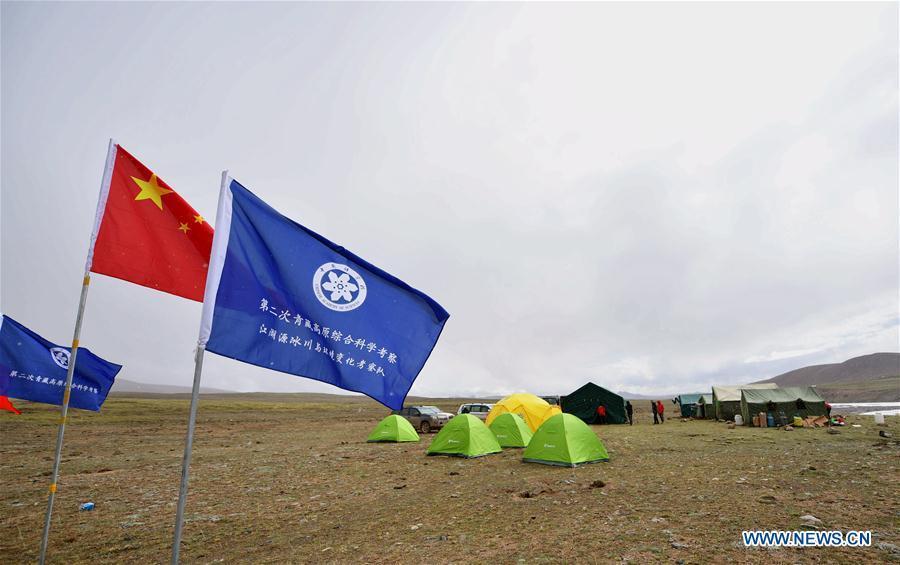
Photo taken on June 24, 2017 shows the base camps of China's second scientific expedition in southwest China's Tibet Autonomous Region. China began its second scientific expedition to the Qinghai-Tibet Plateau this June to study changes in climate, biodiversity and environment over the past decades. The last expedition of similar scale was conducted in the 1970s. (Xinhua/Jigme Dorje)

Photo taken on June 23, 2017 shows a Tibetan antelope in Nagqu, southwest China's Tibet Autonomous Region. China began its second scientific expedition to the Qinghai-Tibet Plateau this June to study changes in climate, biodiversity and environment over the past decades. The last expedition of similar scale was conducted in the 1970s. (Xinhua/Jigme Dorje)
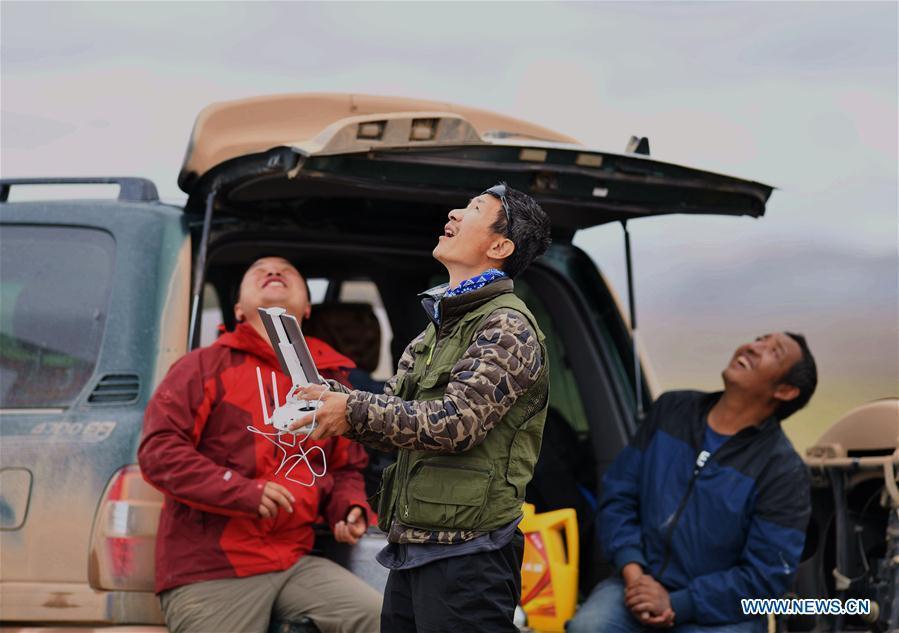
Scientists investigate by using a drone in Nagqu, southwest China's Tibet Autonomous Region, June 23, 2017. China began its second scientific expedition to the Qinghai-Tibet Plateau this June to study changes in climate, biodiversity and environment over the past decades. The last expedition of similar scale was conducted in the 1970s. (Xinhua/Jigme Dorje)
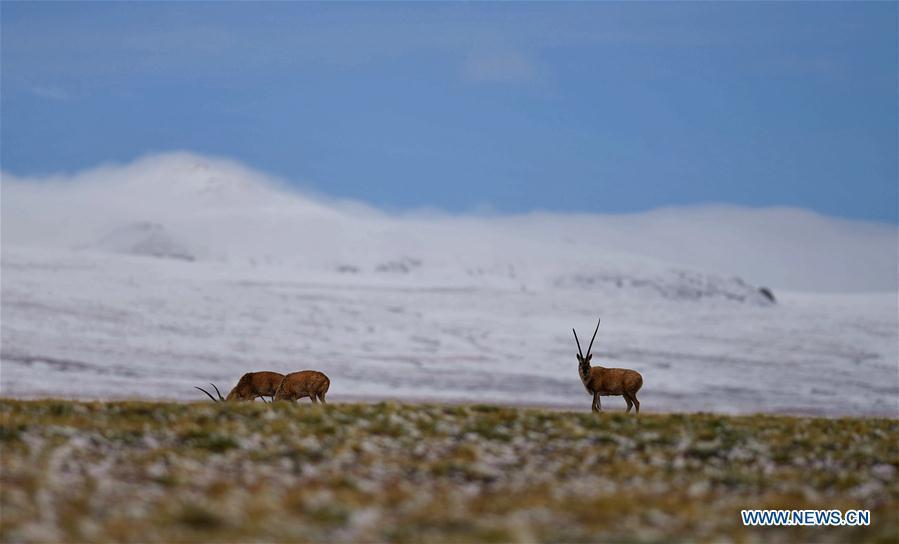
Photo taken on June 23, 2017 shows Tibetan antelopes in Nagqu, southwest China's Tibet Autonomous Region. China began its second scientific expedition to the Qinghai-Tibet Plateau this June to study changes in climate, biodiversity and environment over the past decades. The last expedition of similar scale was conducted in the 1970s. (Xinhua/Jigme Dorje)
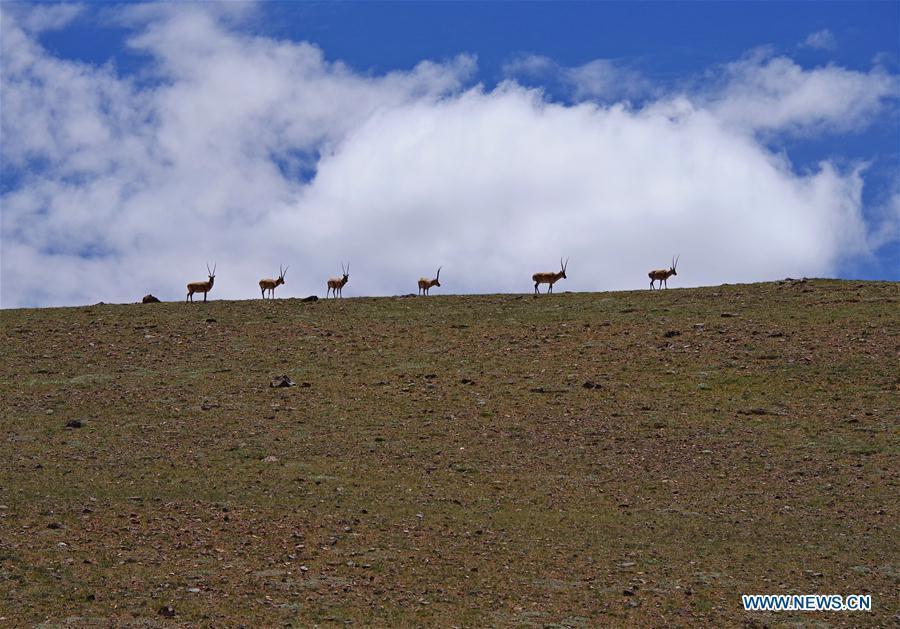
Photo taken on July 10, 2017 shows Tibetan antelopes in Nagqu, southwest China's Tibet Autonomous Region, July 10, 2017. China began its second scientific expedition to the Qinghai-Tibet Plateau this June to study changes in climate, biodiversity and environment over the past decades. The last expedition of similar scale was conducted in the 1970s. (Xinhua/Liu Dongjun)
Copyright © Xizang Daily & China Xizang News All rights reserved
Reproduction in whole or in part without permissions prohibited
Index Code: 藏 ICP 备 05000021 号
Producer: Xizang Daily International Communication Center